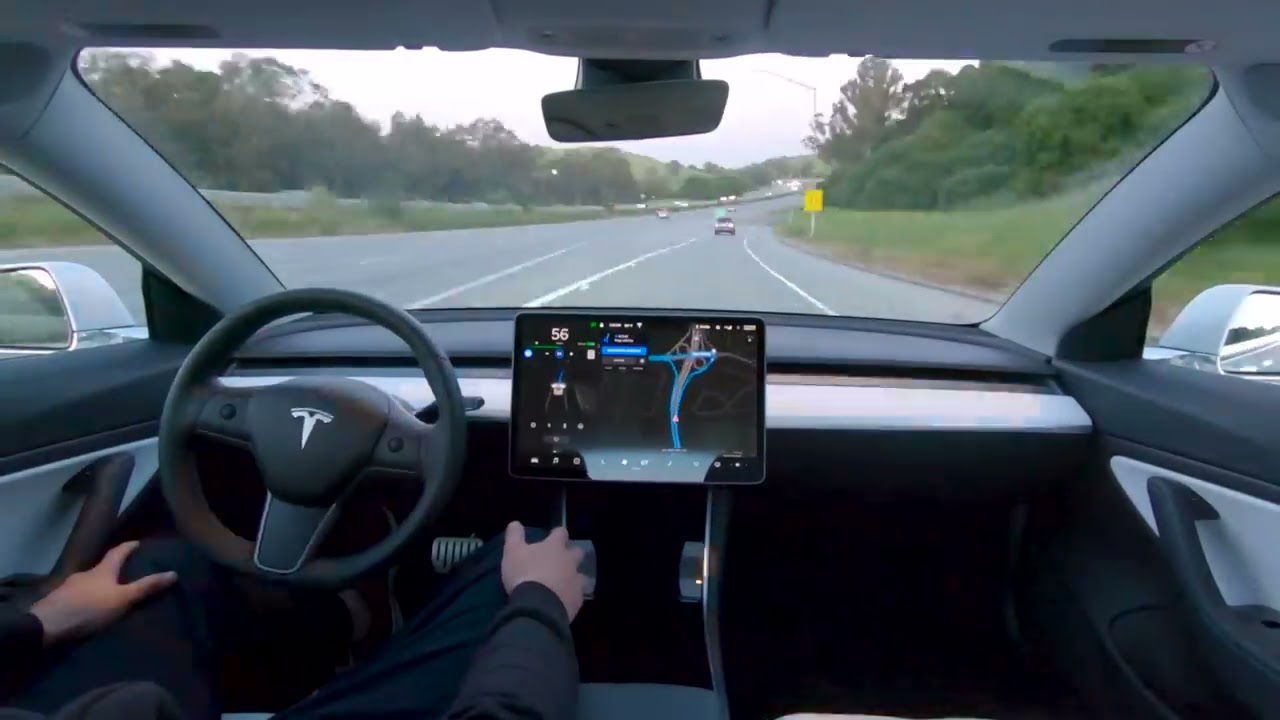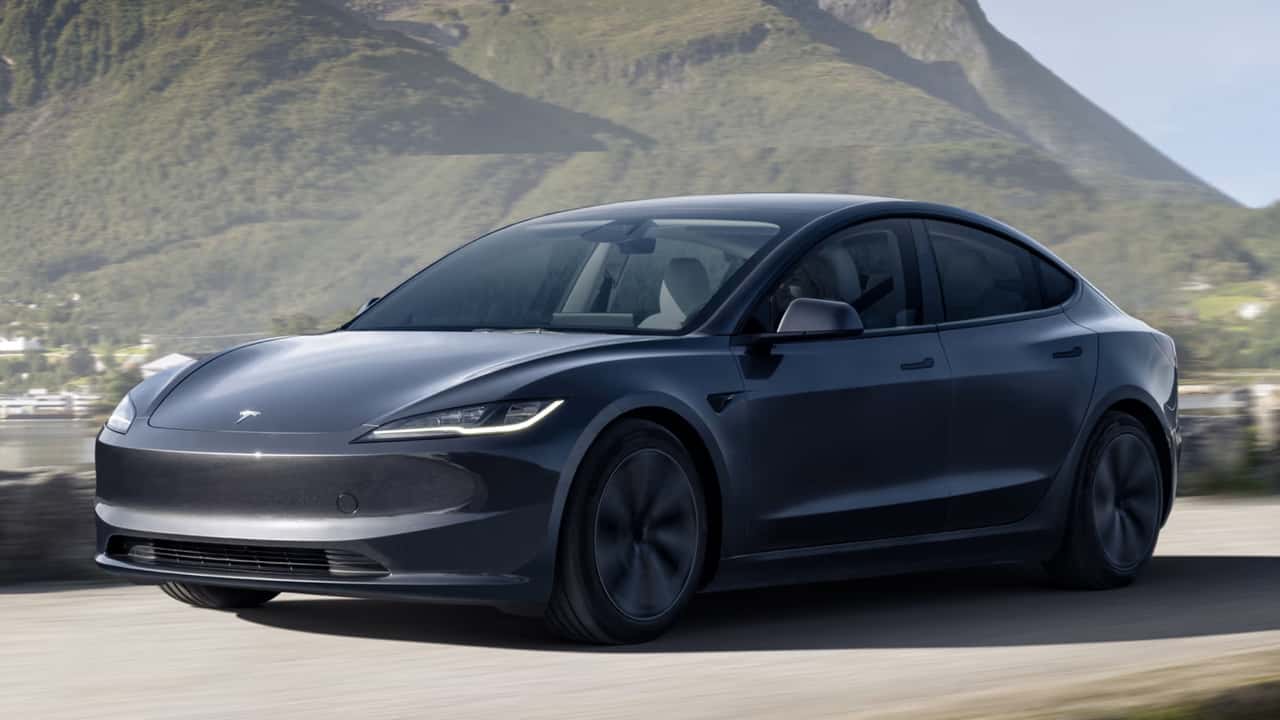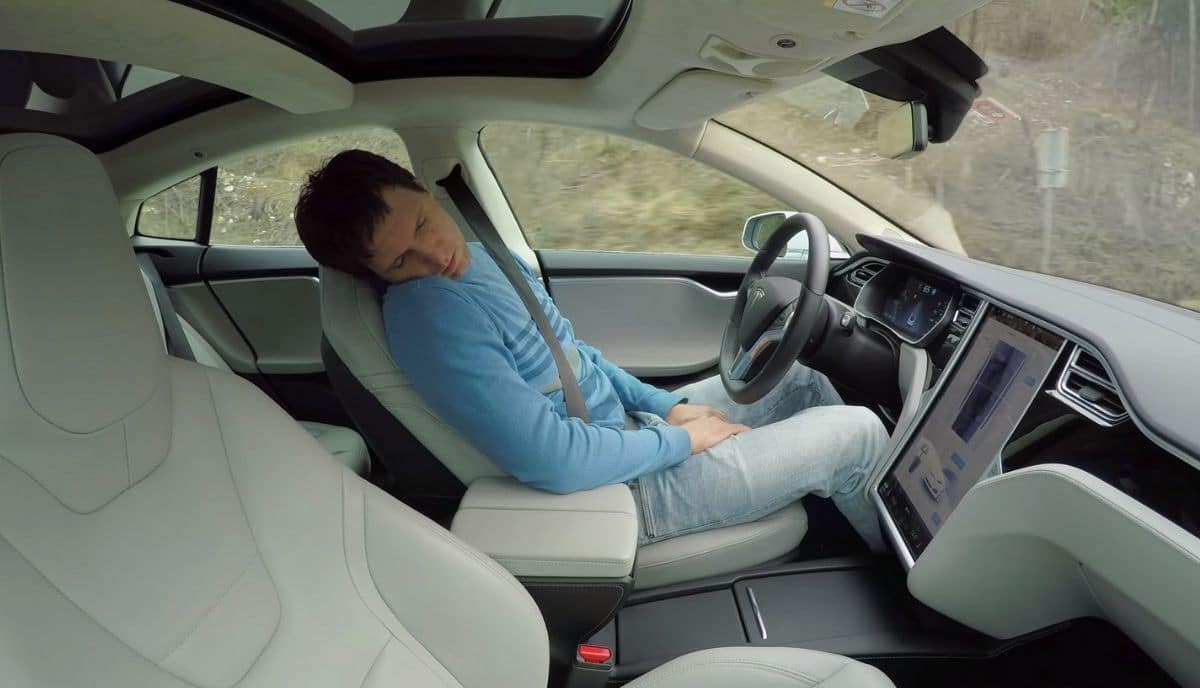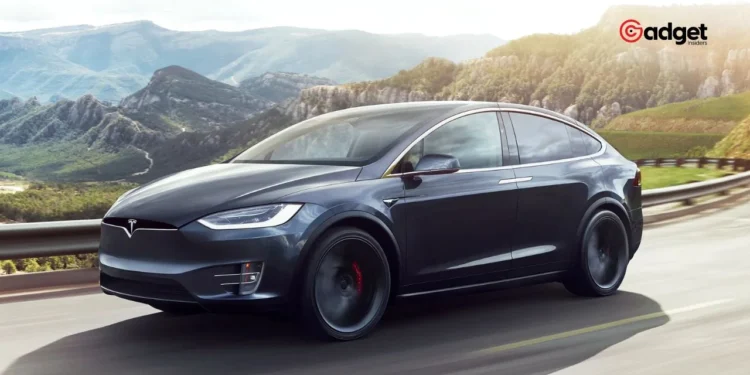In a groundbreaking development for the automotive industry, Nvidia CEO Jensen Huang has heralded Tesla’s Full Self-Driving (FSD) system as the most advanced in the market, powered impressively by Nvidia’s cutting-edge technology. This collaboration marks a significant leap forward in the pursuit of fully autonomous vehicles.
Tesla’s FSD technology, which recently introduced its version 12, utilizes a sophisticated end-to-end generative model. “It learns from watching videos—surround video—and it learns about how to drive end-to-end,” Huang explained in an exclusive interview with Yahoo Finance. This revolutionary approach enables the system to predict paths and navigate autonomously, setting a new standard for self-driving technology.

The Strategic Partnership Boosting Tesla’s Capabilities
Tesla’s partnership with Nvidia is proving to be a formidable force in the automotive sector. The latest iteration of Tesla’s FSD, which is still in beta, offers a 30-day free trial to new owners, showing confidence in the product’s enhanced capabilities. Despite being a Level 2 autonomous system requiring supervised use, the FSD has amassed over 1.3 billion miles since its debut, showcasing its widespread acceptance and reliability.
Nvidia’s influence extends beyond just software. The company has facilitated Tesla in expanding its FSD training AI cluster to a staggering 35,000 Nvidia Hopper H100 GPUs, enhancing Tesla’s data processing capabilities dramatically. This expansion is pivotal as it supports the immense data requirements necessary for training autonomous systems.
“#Tesla is far ahead in self driving cars”. – #Nvidia CEO Jensen Huang.pic.twitter.com/e0UMsqCnQ1#AI #EVs #Technology #ElonMusk #News
— YusufHaji (@YusufHaji87) May 23, 2024
Nvidia’s Financial Growth and Future Prospects in Automotive
Despite the automotive sector only representing a fraction of Nvidia’s total revenue, it is rapidly growing. Nvidia CFO Colette Kress highlighted on the earnings call that automotive revenue reached $329 million in the first quarter alone, marking an 11% increase year over year. This segment is expected to become the largest enterprise vertical within Nvidia’s Data Center segment, potentially turning into a multibillion-dollar business.

Most of Nvidia’s Data Center revenue comes from consumer internet customers, with cloud providers like Amazon, Alphabet, and Microsoft comprising a significant portion of this revenue. However, with automotive technologies becoming increasingly sophisticated, Nvidia’s role in this sector is expected to expand substantially.
Looking Towards a Future of Autonomous Driving
Looking ahead, Huang is optimistic about the future of autonomous driving, anticipating that “every single car” will eventually possess some level of autonomous capability. This vision underscores the immense potential and transformative impact of AI and machine learning technologies in reshaping transportation.

Nvidia’s automotive client list is not limited to Tesla alone but includes other prestigious names like Mercedes, Jaguar Land Rover, Volvo, and Hyundai, as well as emerging Chinese electric vehicle makers like BYD and NIO. This wide-ranging impact underscores Nvidia’s significant role in driving innovation across the automotive industry.
Wall Street’s Confidence in Nvidia
The optimism surrounding Nvidia’s ventures in the automotive industry is also reflected on Wall Street. Analysts at JPMorgan have recently raised their price target for Nvidia, indicating a robust growth trajectory for the company’s data center business and its automotive segment.
This bold advancement in self-driving technology by Nvidia and Tesla not only highlights the potential of AI in enhancing automotive functionalities but also sets a benchmark for the future of transportation. As these technologies continue to evolve, the dream of fully autonomous driving seems increasingly within reach.










